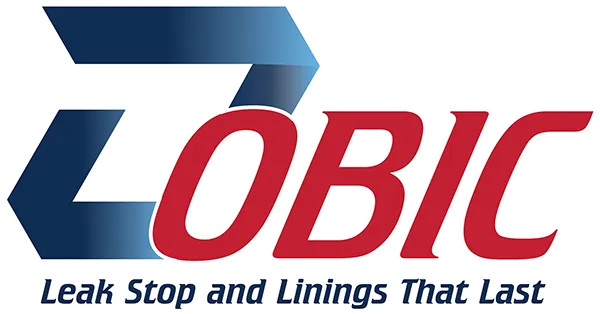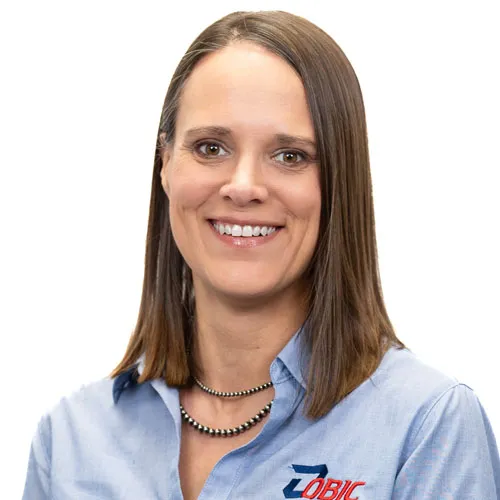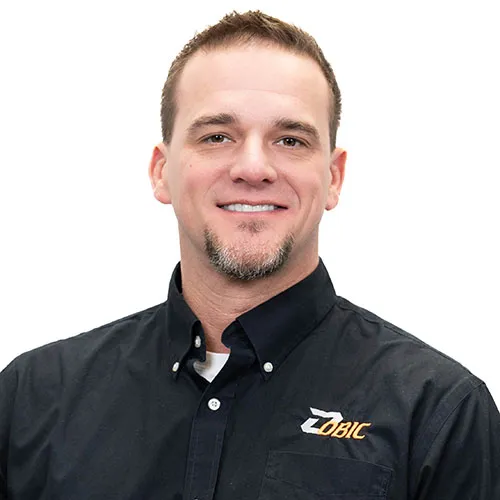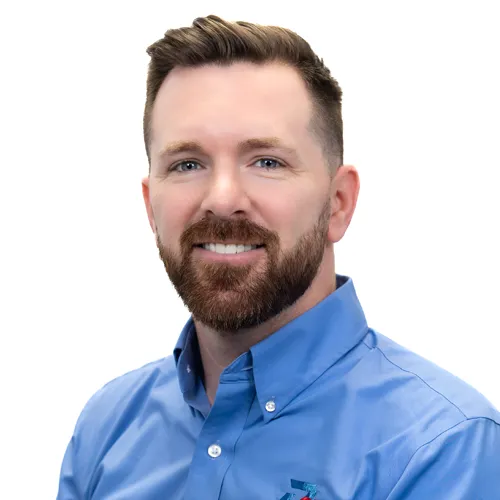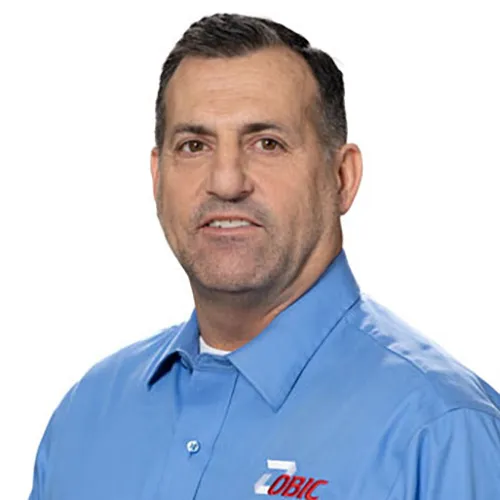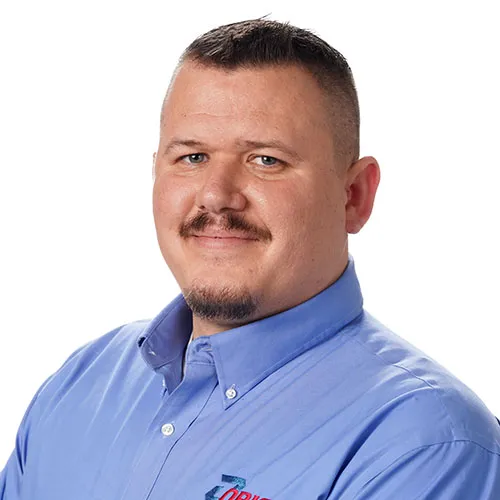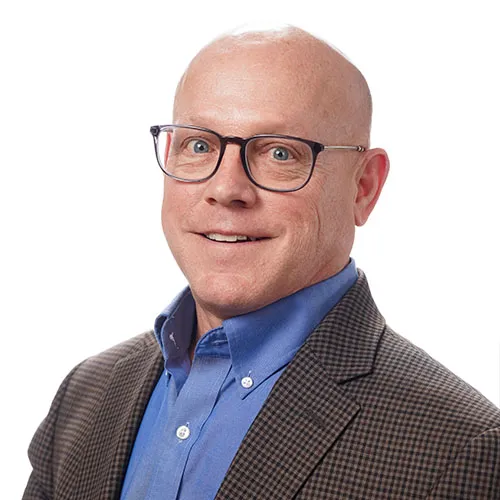OBIC Frequently Asked Questions
Have questions about OBIC’s trenchless infrastructure solutions? You’re in the right place. Our Frequently Asked Questions (FAQ) page covers everything you need to know about OBIC’s spray-applied lining systems, manhole rehabilitation, installation process, warranty, and more. Whether you’re a municipality, engineer, or potential installer, this page is designed to help you better understand how OBIC products protect and extend the life of your underground infrastructure—without the need for costly excavation.
Installer Network
Does OBIC perform manhole rehabilitation services?
No. OBIC is committed to developing and manufacturing high-performance polyurea products, but we do not operate as an installer. OBIC partners with certified, trained and approved installers for the application and installation of our materials.
How do I become an OBIC certified installer?
Contractors/Applicators can contact OBIC to find out qualification requirements and available service areas. Those wanting to become installers need to have a desire to learn about OBIC linings and have the ability to manage their own sales and marketing campaigns.
What training is required for becoming an OBIC certified installer?
Initial Training, Field Application Training and Follow Up Training.
How do I locate an OBIC certified installer in my area?
Search for a certified installer near you on our website or by contacting OBIC at 866-636-4854.


Safety & Environmental Impact
Are OBIC lining products environmentally friendly?
Yes. OBIC is committed to protecting and preserving our natural resources. All OBIC polyurea products are 100% solids and contain no VOC’s.
Can OBIC lining products be used on potable water structures?
Yes. OBIC 1100 complies with NSF/ANSI 61 requirements and is certified by Underwriters Laboratories for contact with potable water.
Application & Performance
How can OBIC lining products help maintain structures?
OBIC products are severe service liners used to prevent highly corrosive environments due to Hydrogen Sulfide (H2S) from continued decay and chemical attack to structures. OBIC products protect the interior of structures from chemical attack, abrasives, infiltration and exfiltration. Unlike some rigid epoxies, our products are strong enough to withstand extreme temperatures and heavy traffic while still retaining enough flexibility to prevent cracking with concrete movement. This characteristic allows them to have a much longer service life than other materials on the market.
What type of surface preparation is required before using OBIC sewer lining repair products?
Typically, a manhole will be cleaned using high-pressure water. Large structures will be cleaned using a hydroblaster.
How long does it take to prepare the structure before installing OBIC products?
The preparation process depends on the size of the structure as well as defects that may need to be corrected. This includes active infiltration issues. Contact an OBIC representative to discuss your particular project dynamics.
Is a spray-applied polyurea strong enough to withstand extreme temperature changes and heavy traffic?
Yes. Polyurea has excellent adhesion to concrete and steel surfaces such as castings and cones that are in the roadway. The material’s bond strength and flexibility allow it to withstand the movement of the roadway under heavy traffic and freeze-thaw cycles.
What are the benefits of using a polyurea for manhole rehabilitation instead of a rigid material?
How long will my structure be taken out of service for manhole rehabilitation?
Generally, manhole rehabilitation does not require the manhole to be taken out of service to rehabilitate. Preparation and installation take about 4 hours. Large structure rehabilitation will vary, and you should work with your OBIC representative to get an accurate estimate.
Will I see a favorable ROI with the use of OBIC products?
Eliminating 2.5 gallons per minute of infiltration with manhole rehabilitation can return the investment in 1 year. Less infiltration extends that time but still ensures a favorable return. On a larger scale, corrosive environments can destroy a structure in 7 to 10 years. OBIC saves the structure and eliminates the need for the disruption and costs of replacement. Clearly a favorable return on the investment.
Where are OBIC sewer lining repair products typically installed?
OBIC 1000 is part of a multi-layer liner system installed as OBIC Armor. Generally installed in wastewater structures, manholes, wet wells, headworks, grit chambers, clarifiers, lift stations, wet wells. This includes industrial wastewater structures as well.
OBIC 1100 is approved for potable water applications and is installed in large tanks and pipe systems.
OBIC 1200 is our semi-structural liner system with higher abrasion resistance for culvert lining and large diameter pipe lining in municipal or industrial applications. Recommended installation into 60” and larger diameter. Flex mod of 100,000psi and Shore D Hardness of 70.
OBIC 5000 is a structural lining that reinstates structural integrity, provides infiltration control, corrosion resistance and asset life extension of concrete, steel, masonry and other substrates. With its high abrasion and chemical resistance, adhesion and corrosion protection properties, it is ideally suited for the rehabilitation, renewal or proactive protection of wastewater, stormwater and industrial process water system structures.


Quality & Certification
What is ANSI/NSF 61 certification?
NSF/ANSI Standard 61 (NSF-61) is a set of national standards that relates to water treatment and establishes stringent requirements for the control of equipment that comes in contact with either potable water or products that support the production of potable water. Any manufacturer that sells or distributes water treatment or distribution products in North America are required to comply with NSF/ANSI 61: Drinking Water System Components – Health Effects by most governmental agencies that regulate drinking water supplies.
Are your products certified for potable water contact?
OBIC 1100 and OBIC Prime 1505PW comply with NSF requirements and are certified by Underwriters Laboratories.
Are OBIC products produced in an ISO certified facility?
Yes. OBIC coatings are manufactured in an ISO 9001:2015 complex.
What is the average shelf life of OBIC lining products?
The average shelf life is 12 months under normal conditions in factory sealed containers.
What testing do OBIC coatings undergo to ensure quality?
All OBIC products are certified by the manufacturer then sent on for independent, third-party testing. Additionally, the OBIC 1000, OBIC 1200 and OBIC 5000 have all passed ASTM G210 Severe Wastewater Analysis Testing (SWAT).
Do OBIC lining products come with a warranty?
Yes. OBIC Armor Multi-Layer Liner System provides a 10-year joint (manufacturer/installer) warranty. The manufacturer will warrant material during the warranty period, and your certified installer will provide a warranty on the proper installation.
What is the cure time of materials?
OBIC 1200 is 3-5 seconds tack free and return to service in 60 minutes. OBIC 5000 is 4-8 seconds tack free and others are 20-30 seconds tack free.
How dry does the manhole need to be?
The surface needs to be dry with no leaks or active infiltration.
Does OBIC stop leaks?
Yes. Our complete line of OBIC Grouts effectively stop all types of leaks.
Will OBIC products work for brick and precast manhole rehabilitation?
Yes, OBIC products are flexible enough to be used for the rehabilitation of manholes.
